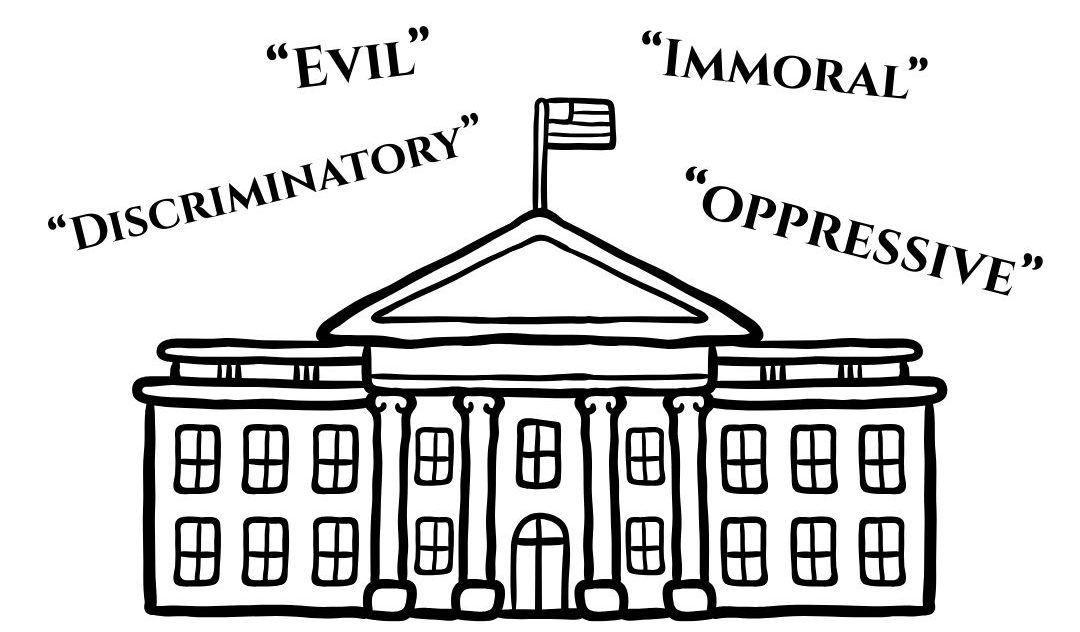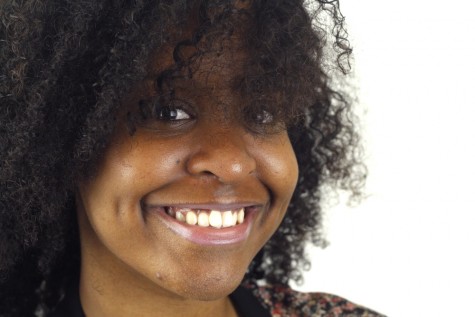Minority editors reflect on experiences
November 4, 2015
Throughout its 100-year history, The Daily Eastern News has had roughly 10 minority editors-in-chief, but despite the expected racial barriers, some said their ethnicities did not affect the way they ran the paper.
In 1973, African-American student Anthony Blackwell was named editor-in-chief for the summer term.
John Ryan, recently retired as director of student publications and also a former News adviser, described Blackwell as outgoing.
Ryan said Blackwell always walked around with a smile on his face and loved being a part of the newspaper staff.
Blackwell died last year.
In the fall 1973 term, Jerry Idoux, who was of American Indian ancestry, was named editor-in-chief.
Doug Backstrom was editor-in-chief in summer 1985. He said when he was chosen to lead, he felt two emotions.
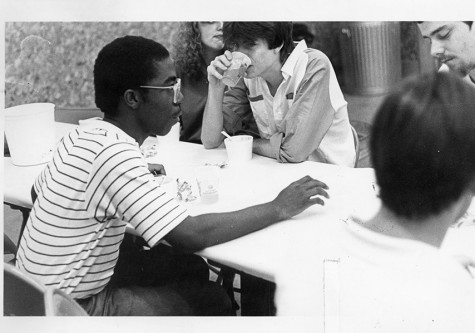
“I was very excited and nervous, but I also knew that I had the backing of my staff and a lot of experience with the newspaper,” Backstrom said. “I was searching for that challenge and looking forward to the experience.”
Backstrom said when it was time for him to take over he had no problems being editor because he was established with the people on campus. He said because he was editor-in-chief in the summer, it was a smaller community and he felt familiar with the campus.
“Me being an African-American man wasn’t an issue for me at that time,” Backstrom said. “People were very receptive to me and that had a lot to do with how I approach things and how I presented myself to the student population and the people who I worked with.”
Backstrom said he befriended many of his staff members and they knew one another well enough for him to not fret about his ethnicity.
“One of the best parts was putting a paper together and putting my blood, sweat and tears in it and knowing that I did the best that I could do,” Backstrom said.
Backstrom said while the diversity in the newsroom reflected the field, journalism in the national arena did not always reflect the communities it covered.
He said there was, and still is in national coverage, a tendency toward covering news from a sensational angle, whether by covering riots or sporting events.
“Those are two of the most specific pictures that are painted in today’s news,” Backstrom said. “It’s either that we’re (minorities) very poor, desperate, causing troubles or we are superstars in some sort of ballgame.”
Backstrom said it is vital for The News to be diverse in terms of ethnicity. He said the newsroom needs different perspectives to make reporters aware of how to approach people in a sensitive manner.
Backstrom now works as a copy editor at Modern Healthcare magazine in Chicago.
Larry Smith was editor-in-chief from November 1987 until March 1988. He said being editor was a lot of work but even more fun.
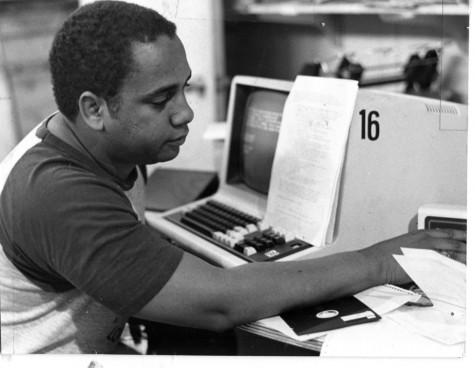
He said while working for The News, he made a huge effort to bring more diversity to the field of journalism.
“If you come from an all-white community or most of your friends are white, you might not understand issues that a minority faces, and vice versa, so you need that balance,” Smith said.
Smith said the camaraderie in the newsroom where he hung out with his staff forged lasting friendships with other editors and staffers.
After a long career at the Hartford Courant in Connecticut, Smith is now a freelance photographer in Chicago.
Marco Santana was chosen as editor-in-chief in fall 2007 and said the best part of his job back then was watching younger reporters grow as writers. He said as a leader he was more worried about putting out a good paper than being a Latin American man.
“It’s still the fear of taking on such a position and not proving myself, but those fears didn’t keep me up at night,” Santana said. “My biggest worry was to not coming through for the people who put their trust in me to lead that team.”
Santana is now a reporter for the Orlando Sentinel in Florida.
As a first-generation American with a family originating from Nigeria, Nike Ogunbodede took on the task of being editor-in-chief in summer 2012.
Along with being a debut leader for Eastern and also taking her senior seminar, Ogunbodede led the paper and said the experience was hectic but fun. She said her time as editor-in-chief was eventful, and no one gave her any trouble because of her ethnicity.
“Once you’re a DEN person, loyalty is engraved, and there’s such a camaraderie that nips that in the bud if there was going to be an ounce of discrimination,” Ogunbodede said.
Liz Edwards, the publicity-promotion specialist at Eastern, worked alongside Ogunbodede and built a friendship with her outside The News.
“Nike is intelligent, she’s a go-getter, and she doesn’t back down,” Edwards said. “She is also bubbly and outgoing so with those characteristics she can make anyone feel comfortable, and that is what it takes to be EIC.”
Edwards said while working with Ogunbode they evened each other out, which generated a balanced team. Edwards said she was the sweet interviewer while Ogunbodede had the aggressive side to get the story done.
Ogunbodede now works for the Killeen Daily Herald in Texas.
Santana offered advice for students who are looking for a career in journalism.
“When you’re in college, find people better than you and then learn from them,” Santana said. “My advice is do it, go out and apply for things you want to try.”
Smith offered his own advice.
In today’s world, journalists need to be able to juggle taking pictures or video, tweet what is going on and also actually write a story, he said.
“You need to be flexible because the industry is still trying to figure out where it’s going to go,” Smith said. “When I was at the DEN, you would try to write the most exclusive stories you could, but now you have to be a one-man band.”
T’Nerra Butler can be reached at 581-2812 or tabutler@eiu.edu



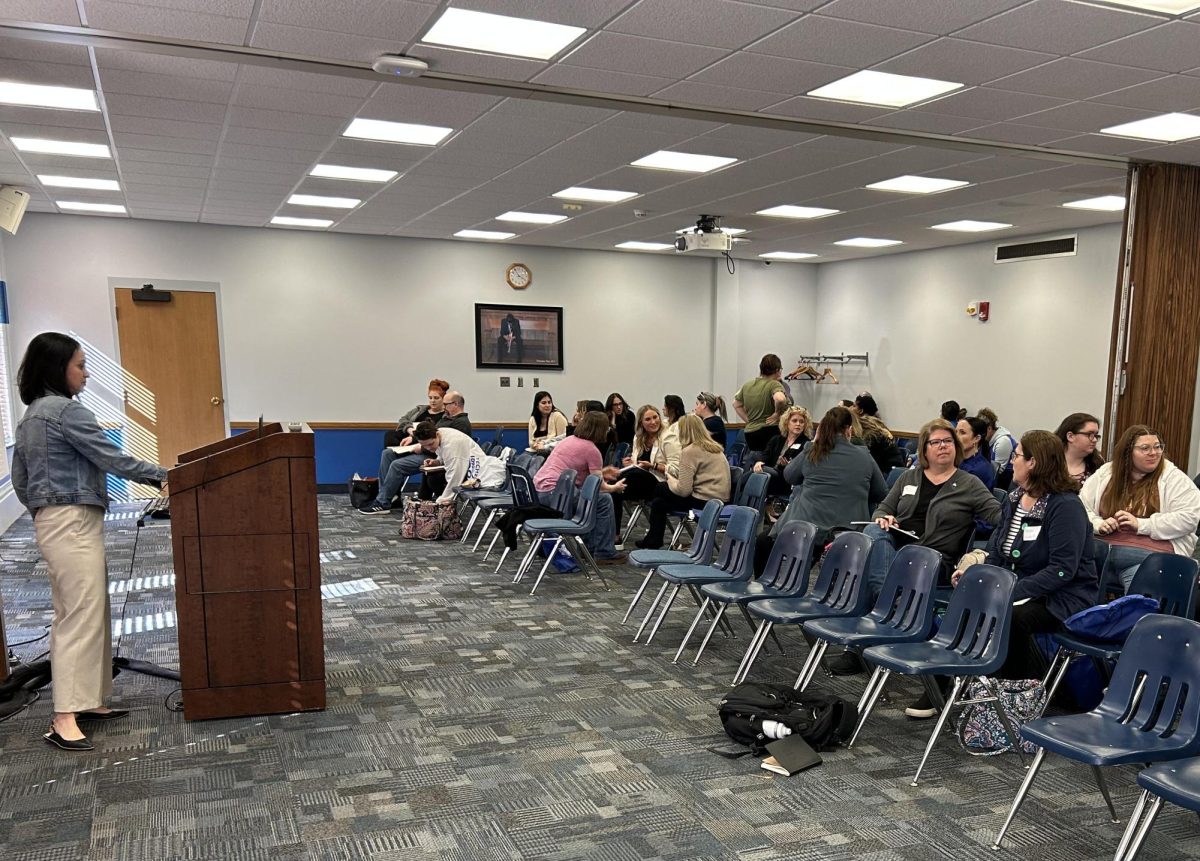

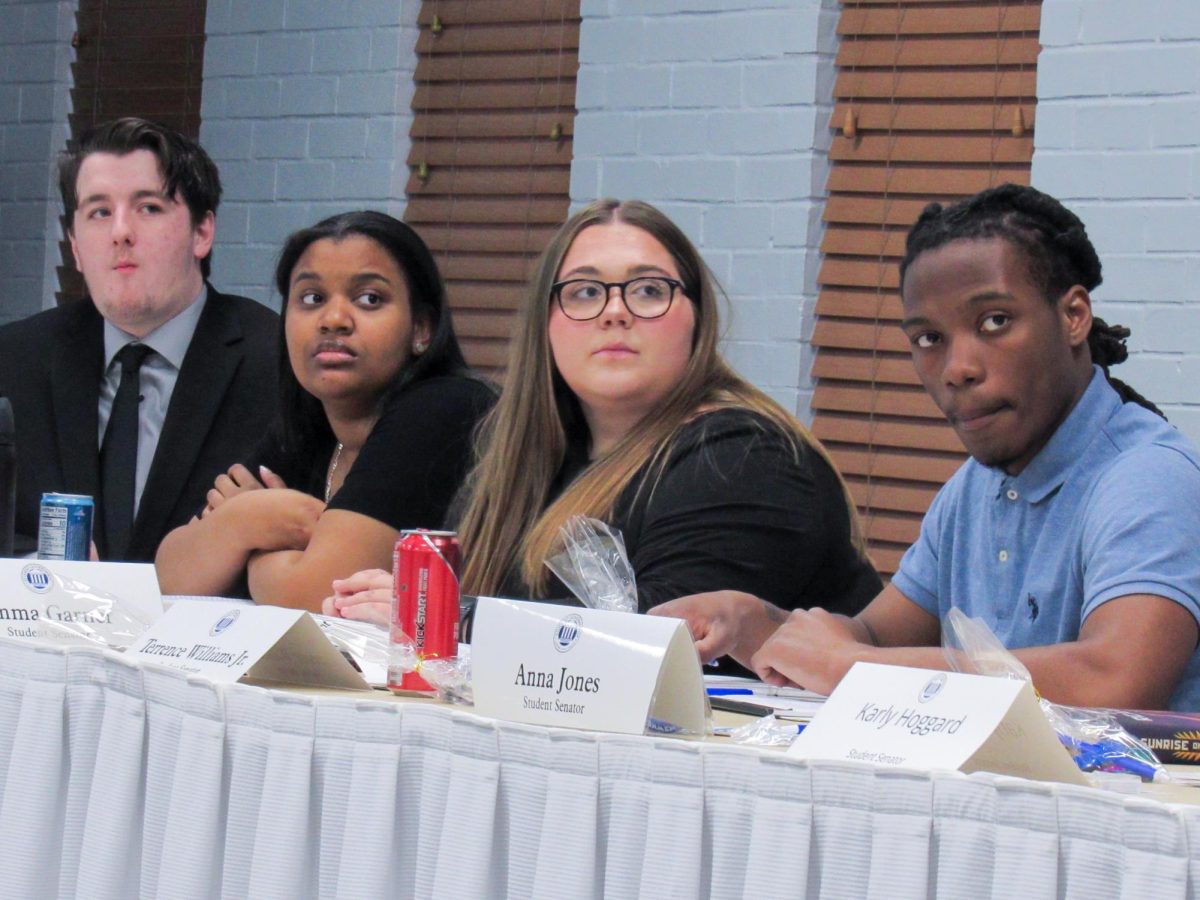



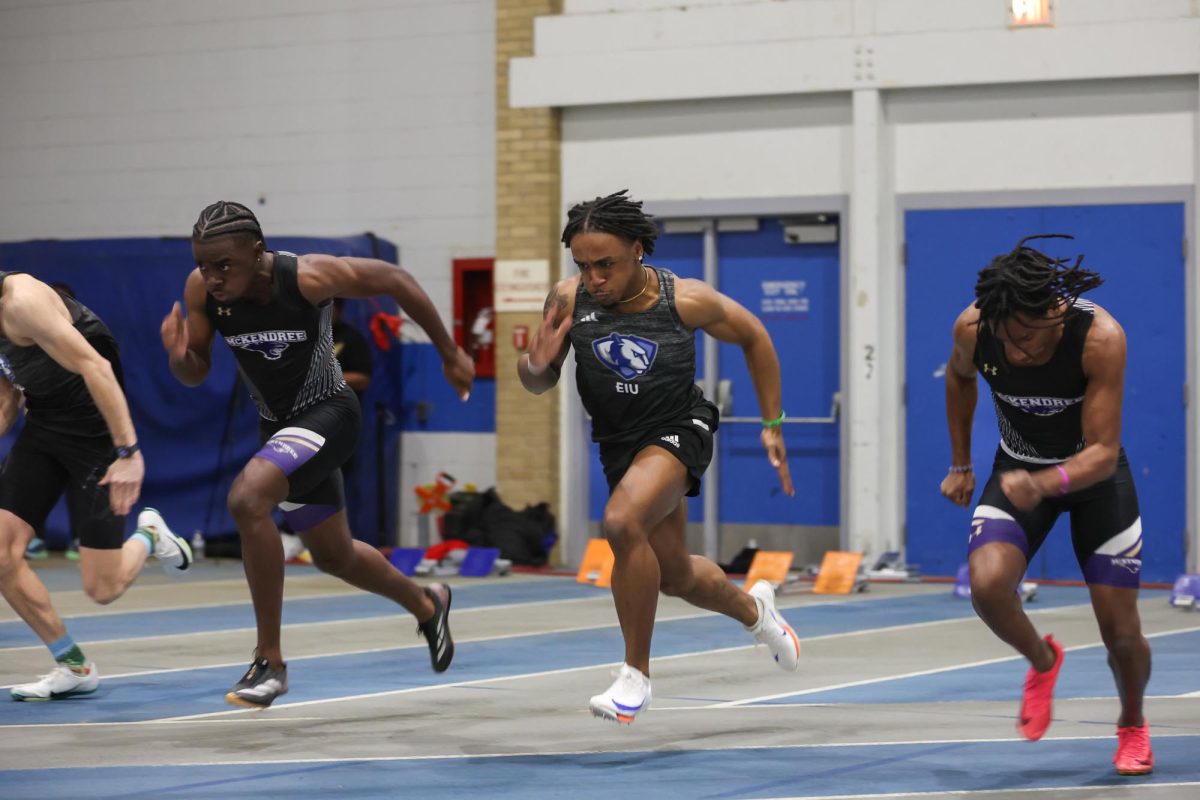
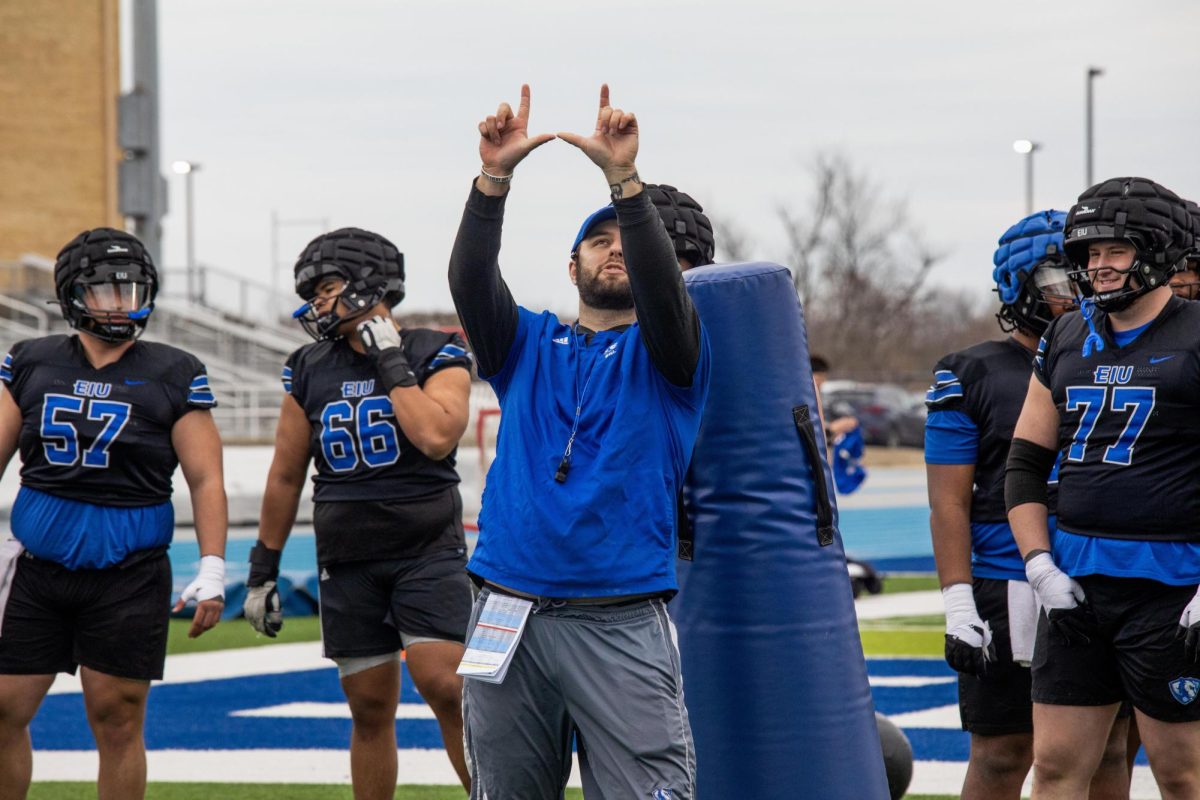

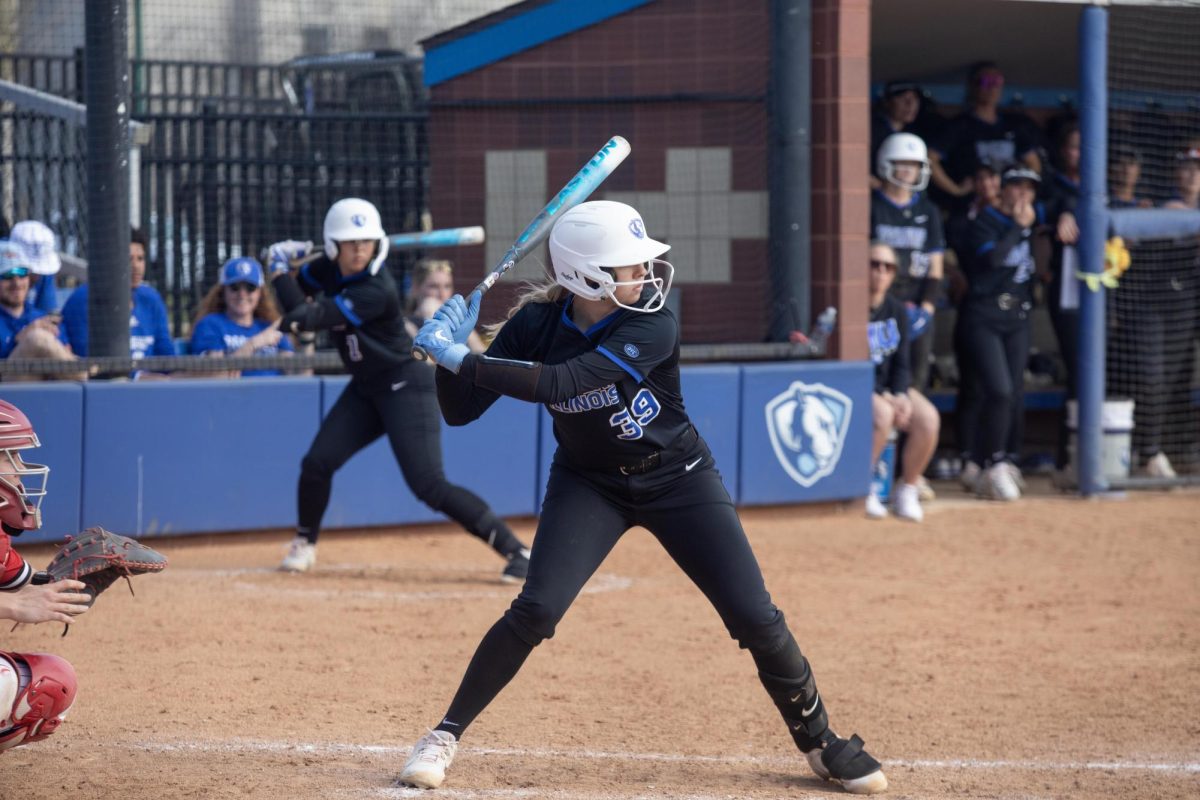
![[Thumbnail Edition] Junior right-handed Pitcher Lukas Touma catches at the game against Bradley University Tuesday](https://www.dailyeasternnews.com/wp-content/uploads/2025/03/MBSN_14_O-e1743293284377-1200x670.jpg)
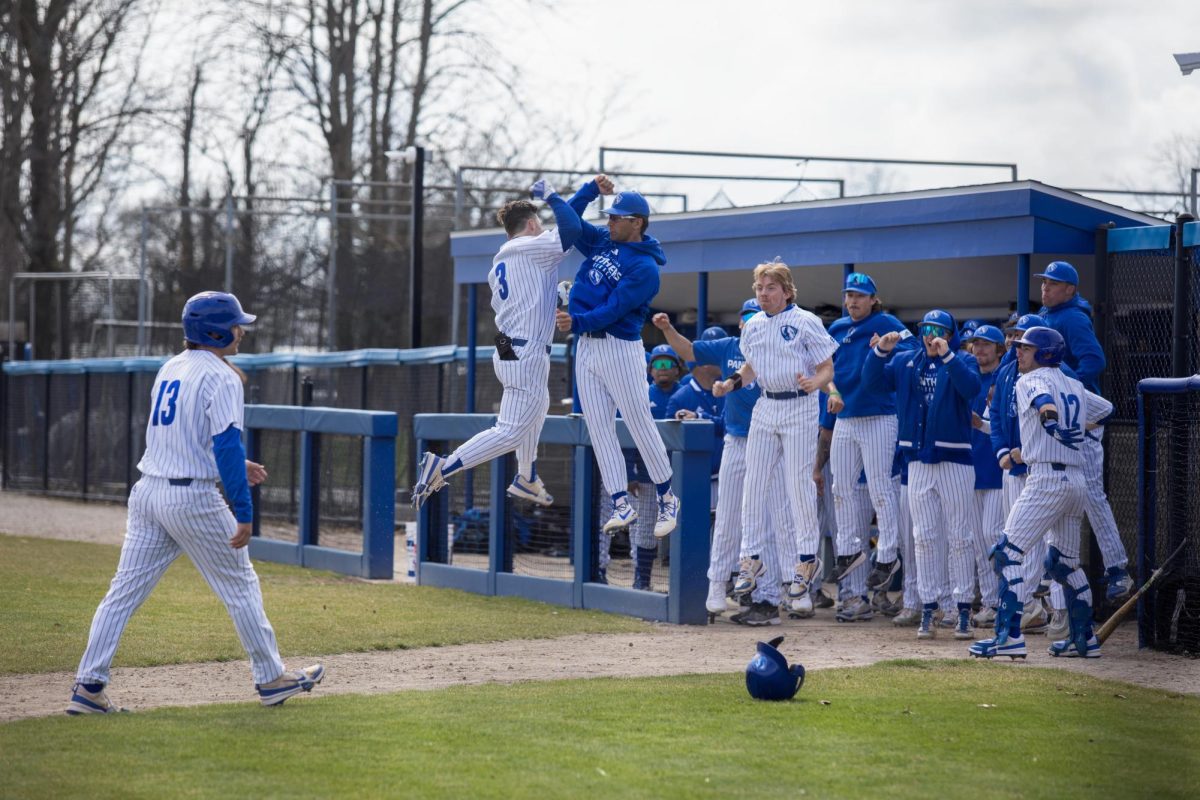
![[Thumbnail Edition] Senior Foward Macy McGlone, getsw the ball and gets the point during the first half of the game aginst Western Illinois University,, Eastern Illinois University Lost to Western Illinois University Thursday March 6 20205, 78-75 EIU lost making it the end of their season](https://www.dailyeasternnews.com/wp-content/uploads/2025/03/WBB_OVC_03_O-1-e1743361637111-1200x614.jpg)





















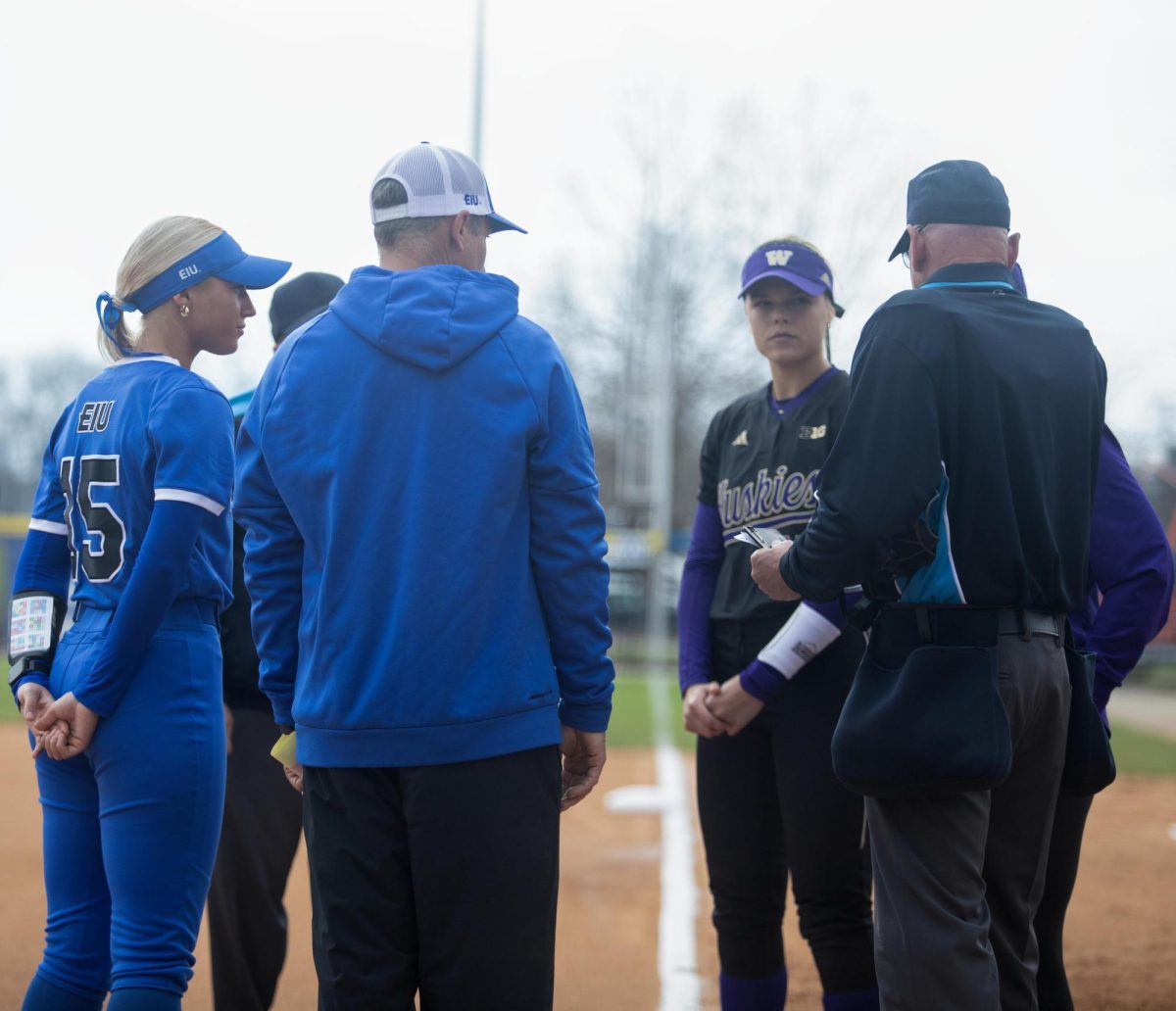
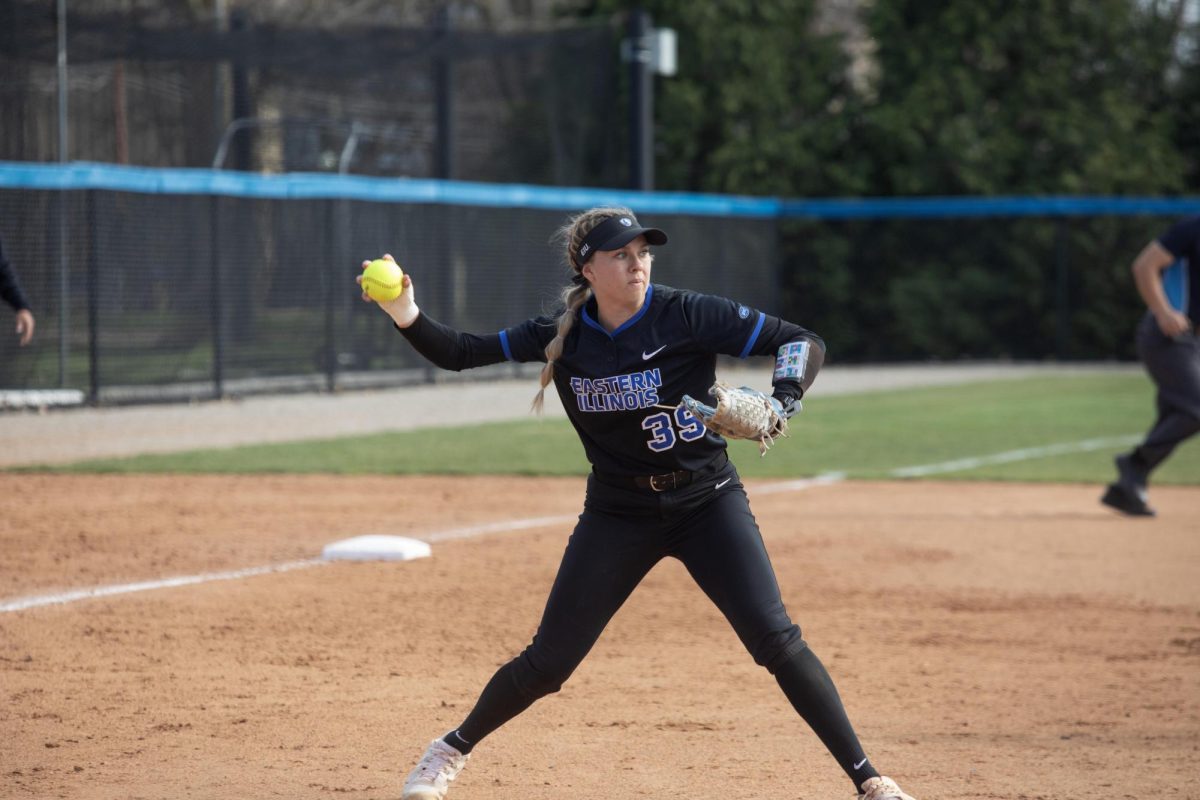
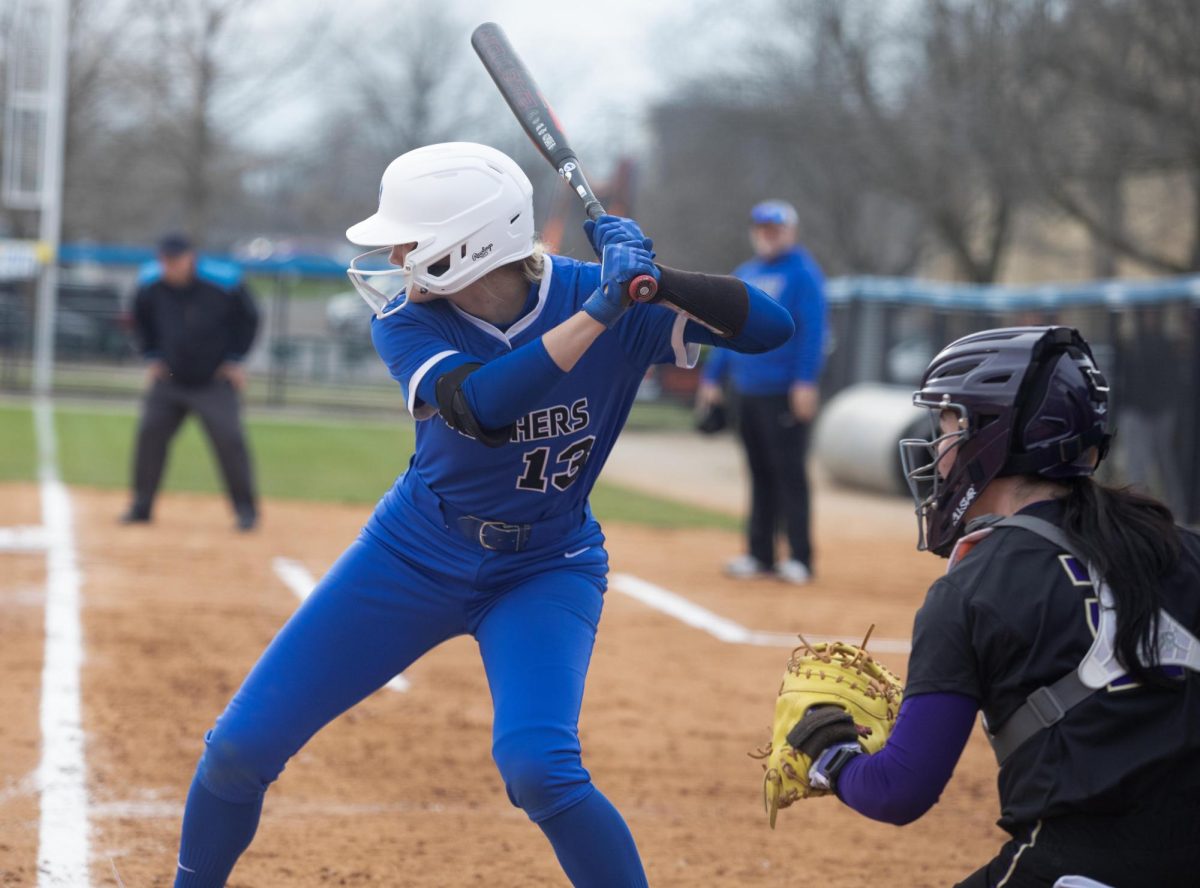














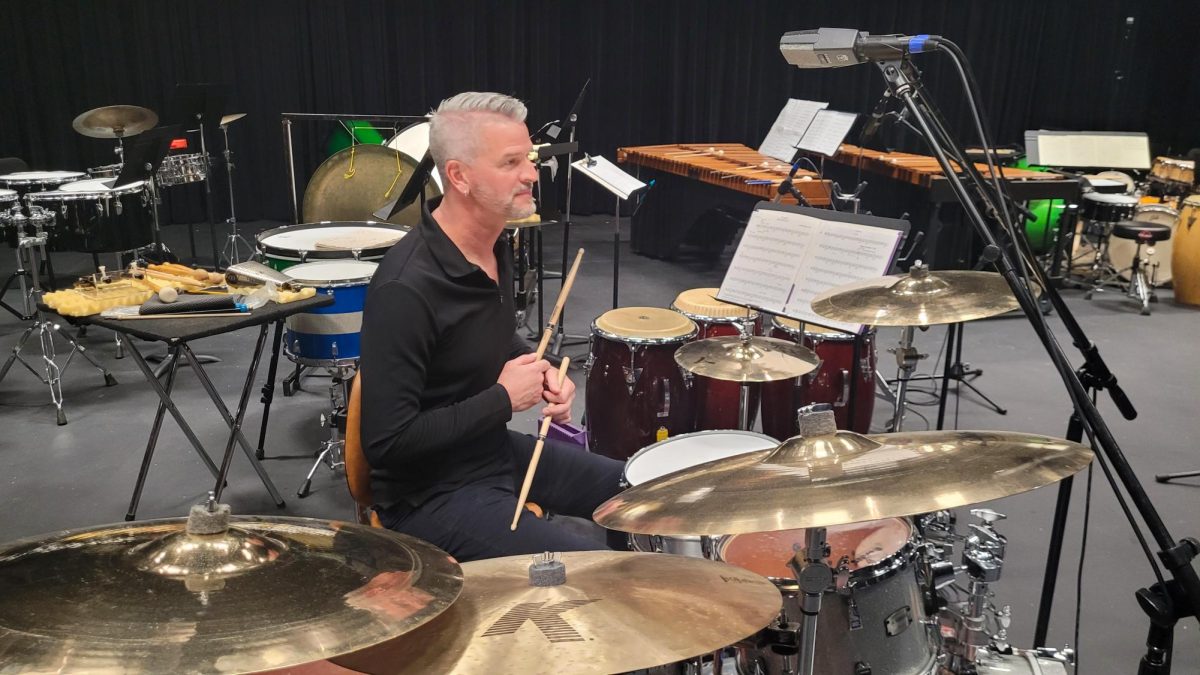
![The Weeklings lead guitarist John Merjave [Left] and guitarist Bob Burger [Right] perform "I Am the Walrus" at The Weeklings Beatles Bash concert in the Dvorak Concert Hall on Saturday.](https://www.dailyeasternnews.com/wp-content/uploads/2025/03/WL_01_O-1200x900.jpg)
![The team listens as its captain Patience Cox [Number 25] lectures to them about what's appropriate to talk about through practice during "The Wolves" on Thursday, March 6, in the Black Box Theatre in the Doudna Fine Arts Center in Charleston, Ill.](https://www.dailyeasternnews.com/wp-content/uploads/2025/03/WolvesPre-12-1200x800.jpg)

